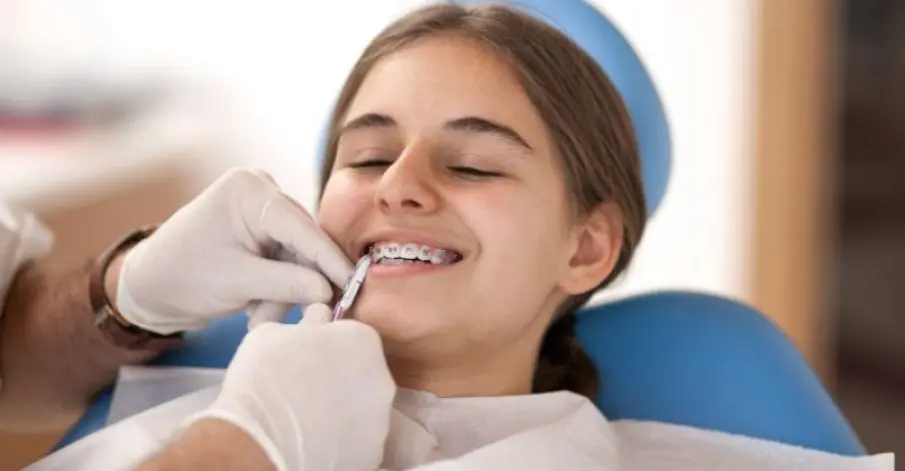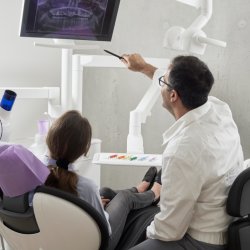When Should Your Child See an Orthodontist? The Best Age for Braces for Kids

As parents, we notice every little thing about our kids—especially their smiles. Maybe you've seen a slight overbite or some teeth crowding and wondered: Is it too early for braces? Should I be worried? When should my child actually see an orthodontist?
Great questions—and ones almost every parent asks. The truth is, the best time to bring your child to an orthodontist might be earlier than you think.
The Magic Age: 7
According to the American Association of Orthodontists, children should have their first check-up with an orthodontist by age 7. Yes, seven! That might seem young, especially since many kids don’t get braces until their early teens—but there’s a good reason for this early start.
At age 7, your child’s mouth is a mix of baby teeth and permanent teeth. An orthodontist can spot subtle issues with jaw growth, bite alignment, or tooth development even before all adult teeth come in. Early evaluation doesn’t always mean early treatment, but it gives the orthodontist time to monitor changes and decide the best time to act—if treatment is needed at all.
Why Early Evaluation Matters
Think of it like catching a plot twist early in a movie. When you spot the signs before the big reveal, you can change the outcome. Early orthodontic evaluations help:
- Guide jaw growth to create space for incoming teeth
- Correct harmful oral habits like thumb sucking or tongue thrusting
- Improve appearance and self-esteem at a younger age
- Prevent more serious issues that could require surgery later
- Make future treatment (like braces for kids) shorter and simpler
In some cases, orthodontists might recommend early interceptive treatment, which can begin between ages 7–10. This might involve partial braces, spacers, or other devices that help shape a healthy smile before all adult teeth come in.
Braces for Kids: Not Just for Teens Anymore
While many kids still get traditional braces around age 11–14, more and more are starting earlier. Early braces for kids can address problems before they become complex—and that can mean shorter treatment times, fewer extractions, and better long-term results.
Plus, today’s orthodontic options are way cooler than you remember. From colored bands to invisible aligners, kids have more choices (and style points!) than ever before.
What Should You Do Next?
If your child is around age 7—or older—and hasn’t seen an orthodontist yet, it’s a good idea to schedule a consultation. Most orthodontists offer free or low-cost initial evaluations, so there’s really no downside to checking in.
Remember: not every child needs braces, and not every issue needs to be treated right away. But a professional evaluation gives you peace of mind and a plan for the future.
Final Smile Thoughts
Your child’s smile is a big deal. It’s how they greet the world, show their joy, and express themselves. Giving that smile the right care early on sets them up for confidence that lasts a lifetime.
So when you’re thinking about braces for kids, think 7. It’s the lucky number where healthy smiles begin.
More to Read:
Previous Posts:





